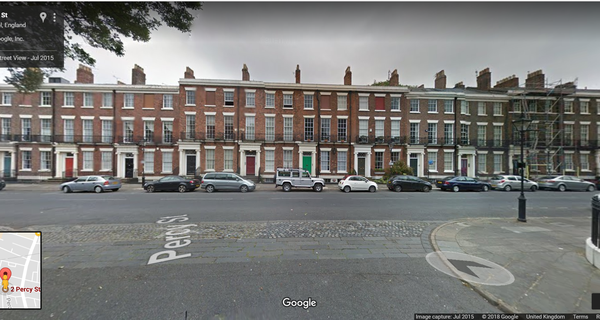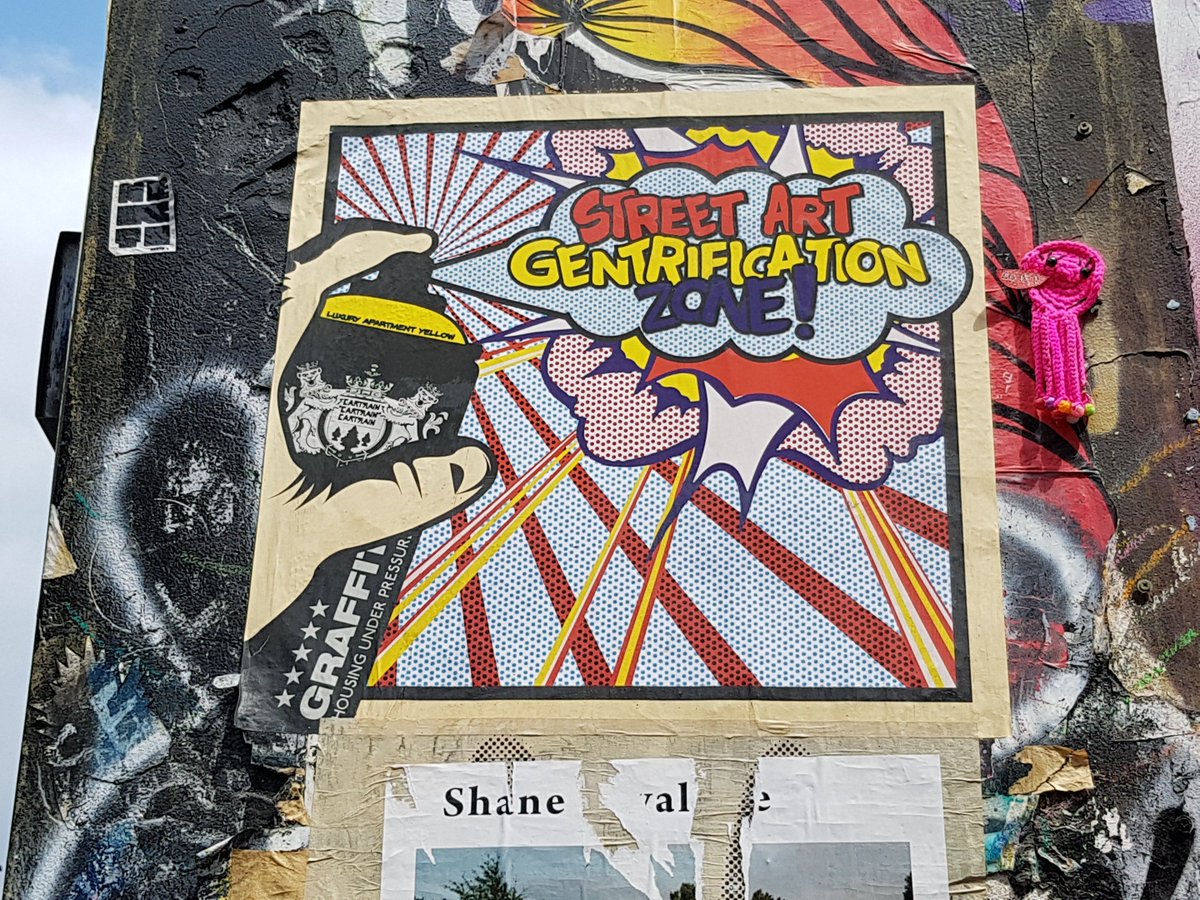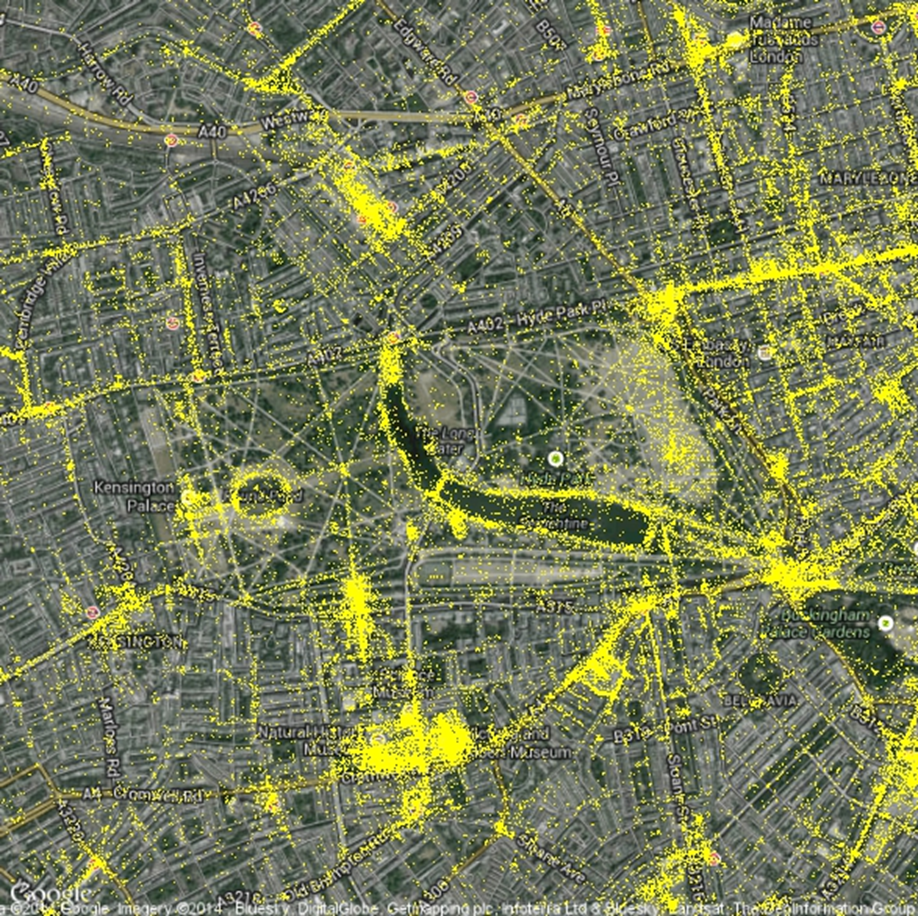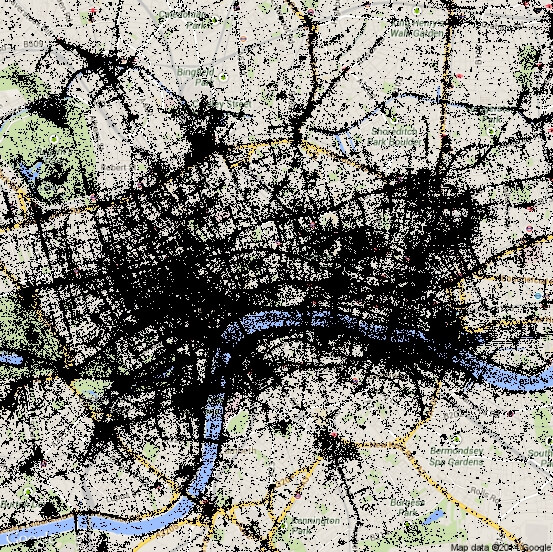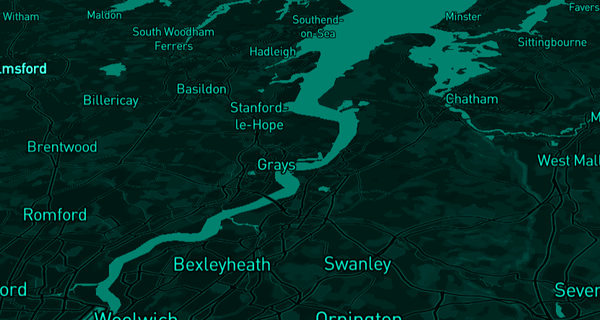Street Art in Shoreditch, photograph John Davies
It begins: an area near the city centre is less developed, artists and independent businesses move in, culture and creativity thrive increasing the area’s visibility and desirability. At which point a less fashionable (but richer) crowd arrives, rents and prices rise and the artists/independents, and original inhabitants, get forced out. Many of us intuitively feel there’s something troubling about this, and it has been a focus of much debate in London in particular, but our reasons for caring about it are often not entirely clear - which isn’t to say we shouldn’t care....

